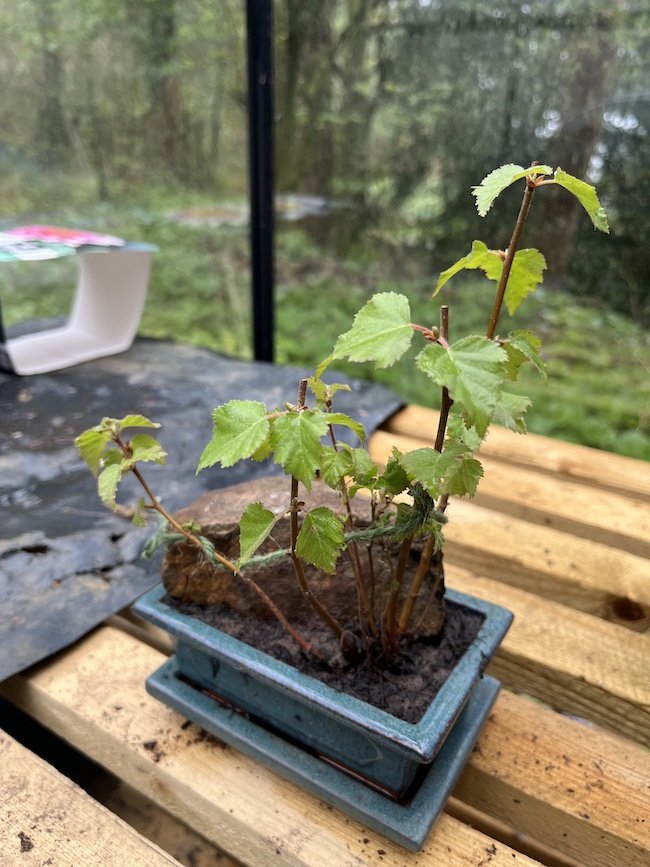
Repurposing Old Bonsai Dishes: A Quick Guide to Creating New Bonsai Masterpieces
Bonsai cultivation is not just an art; it’s a journey that often begins with failure. Many enthusiasts have found themselves in possession of old bonsai dishes from previous attempts that didn’t quite flourish. However, instead of discarding these vessels, they can be repurposed to breathe life into new bonsai creations. With a bit of ingenuity and patience, you can transform ordinary seedlings, such as birch or sycamore, into stunning bonsai trees that captivate the eye and soul.
Rejuvenating Old Dishes
The first step in this creative endeavour is to source seedlings, which can often be found growing in garden beds or flower beds. Once you’ve identified a suitable candidate, carefully remove the seedling and prune back its roots. This process not only prepares the plant for transplantation but also encourages compact growth, essential for bonsai cultivation.
Selecting the Right Medium
Choosing the proper soil mix is crucial for the health and development of your bonsai. John Innes number one compost, renowned for its nutrient-rich composition, can provide an ideal growing medium. Additionally, incorporating rocks and other features into the dish adds aesthetic appeal and enhances the overall presentation of the bonsai.
Training and Shaping
The essence of bonsai lies in the art of miniaturisation. To achieve this, it’s essential to reduce both the roots and the top of the tree gradually over time. This meticulous approach allows the bonsai to develop proportionally, creating a harmonious balance between root and foliage
In the initial stages, simple techniques such as using gardener’s twine to spread out or bend the stems can help guide the growth of the bonsai. As the tree gains strength and resilience, more advanced methods, such as employing thick copper wire, can be utilised to shape the branches and create the characteristic bent and twisted appearance reminiscent of ancient trees.
Maintenance and Care
Bonsai cultivation is a continuous process that requires regular attention and care. Every six months, it’s advisable to remove the bonsai from its dish, trim back the roots, and prune the foliage. This practice promotes healthy growth and prevents the tree from becoming too large, helping to create the bonsai effect, ensuring that it thrives for years to come.
Patience and Perseverance
Creating a masterpiece bonsai from an old dish and a humble seedling is a labour of love that requires patience and perseverance. While the transformation may not happen overnight, with dedication and careful nurturing, you’ll witness the gradual evolution of your bonsai into something truly extraordinary.
Repurposing old bonsai dishes to create new bonsai is not only a sustainable practice but also a deeply rewarding endeavour. By breathing new life into these vessels and nurturing young seedlings, you have the opportunity to sculpt living works of art that embody the timeless beauty of nature. So, the next time you come across an old bonsai dish, don’t discard it—instead, let it be the canvas for your next bonsai masterpiece.





















